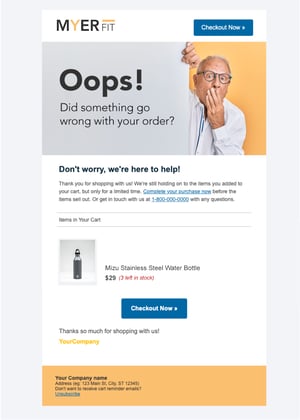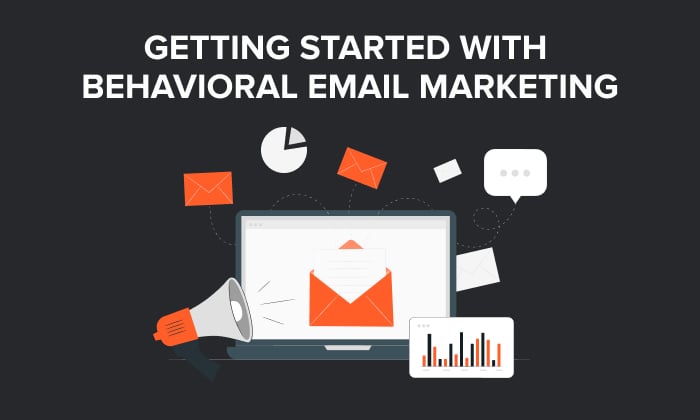Behavioral Marketing: What Is It & How Is It Beneficial? [+ Examples]

By cmcginley@hubspot.com (Corinne McGinley)
In the business world, there are many forms of marketing that companies can implement to encourage customers to buy. Behavioral marketing is one robust method of gathering data to segment and target audiences.
Behavioral marketing can also help prevent consumers from being inundated with unwanted or unrelated ads. With this type of marketing, businesses focus on individual patterns of engagement to identify their customers’ specific needs.
In this post, you’ll learn what behavioral marketing is, its benefits, and examples of how businesses today utilize the strategy today.
Table of Contents
- What is behavioral marketing?
- Types of Behavioral Marketing
- Behavioral Marketing Segmentation
- Behavioral Marketing Examples
- Behavioral Marketing Stats
This data is gathered through web analytics, cookies, search history, and other insights.
By finely segmenting audiences based on specific behaviors or user profiles, organizations can provide relevant content and offers rather than sending general messages.
Types of Behavioral Marketing
When it comes to behavioral marketing, there are many strategies that a company can implement.
While some tactics are effective, many can be combined to create a robust behavioral marketing plan. Let’s look at a few of the most popular types of tactics.
Product Suggestions
Everyone has seen it happen when shopping online: You go to check out, and a window pops up showcasing items that are often bought with what’s in your cart. This suggested selling technique is an excellent way to engage potential customers in cross-selling or up-selling opportunities.
And, this tactic is incredibly effective. Cross-selling and category-penetration techniques like product suggestions can increase sales by 20% and profits by 30%, according to McKinsey & Company.
Product suggestions fall into behavioral marketing because an action (putting something into a cart) leads to targeted selling suggestions.
Remarketing

For companies that utilize Google and Facebook for their marketing efforts, remarketing and retargeting strategies could be a unique approach to driving sales.
Remarketing strategies focus on taking pages or products a customer has viewed and showing them again once the potential buyer has left the website. This additional opportunity for consumers to see your products again could help drive traffic to your website or convert product sales.
Let’s say you visit the Asian Art Museum’s website to plan for your next San Francisco trip.
A few minutes later, you see an ad for the museum when you’re scrolling on Facebook. The ad you receive on Facebook is based on a past behavior (visiting a website). That’s remarketing in action.
Email Marketing

Many organizations currently utilize email marketing as part of their marketing strategy, but few …read more
Source:: HubSpot Blog









